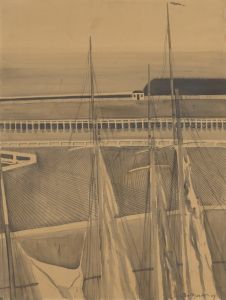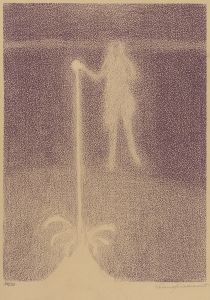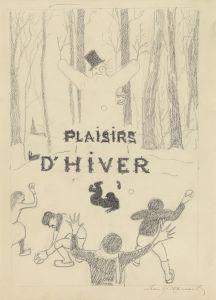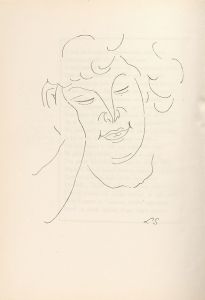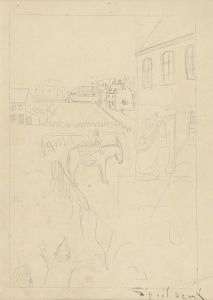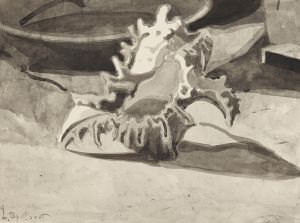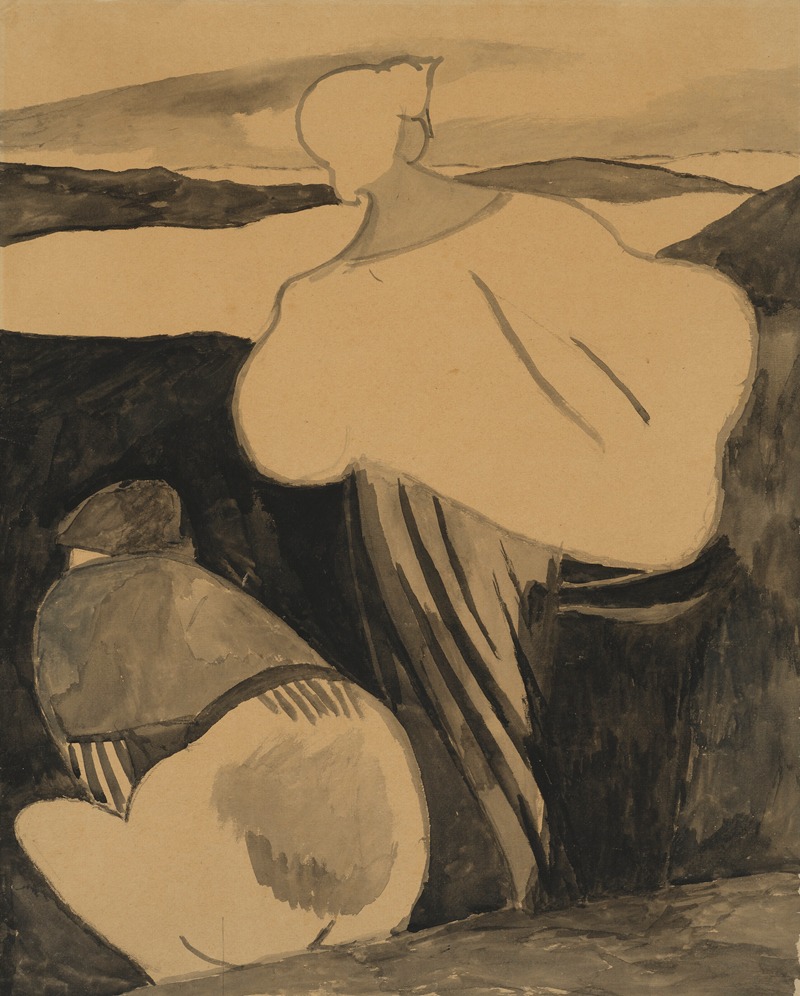
Femmes de pêcheur dans les dunes, vues de dos
A hand-painted replica of Léon Spilliaert’s masterpiece Femmes de pêcheur dans les dunes, vues de dos, meticulously crafted by professional artists to capture the true essence of the original. Each piece is created with museum-quality canvas and rare mineral pigments, carefully painted by experienced artists with delicate brushstrokes and rich, layered colors to perfectly recreate the texture of the original artwork. Unlike machine-printed reproductions, this hand-painted version brings the painting to life, infused with the artist’s emotions and skill in every stroke. Whether for personal collection or home decoration, it instantly elevates the artistic atmosphere of any space.
Léon Spilliaert's Femmes de pêcheur dans les dunes, vues de dos (translated as Fisherwomen in the Dunes, Seen from Behind) is a painting by the Belgian symbolist artist Léon Spilliaert (1881–1946). Spilliaert is known for his introspective and atmospheric works, often characterized by a sense of solitude and mystery. This particular painting reflects his interest in capturing the quiet and melancholic aspects of life, often through minimalistic compositions and subdued color palettes.
The artwork depicts two women, presumably fisherwomen, walking through a dune landscape. They are shown from behind, a perspective that enhances the anonymity and universality of the figures. This compositional choice is typical of Spilliaert's work, as he often avoided direct engagement with his subjects' faces, focusing instead on their forms and surroundings. The women are dressed in simple, dark clothing, which contrasts with the pale, sandy tones of the dunes. The setting is sparse and windswept, evoking a sense of isolation and the harshness of coastal life.
Spilliaert's work often drew inspiration from his hometown of Ostend, a coastal city in Belgium. The dunes and the sea were recurring motifs in his art, reflecting both the physical landscape of the region and the emotional landscapes he sought to explore. His paintings frequently convey a sense of introspection and existential reflection, qualities that are evident in Femmes de pêcheur dans les dunes, vues de dos. The subdued color scheme and the simplicity of the composition are hallmarks of Spilliaert's style, which was influenced by Symbolism and early modernist movements.
The exact date of this painting is not widely documented, but it likely falls within the early 20th century, a period when Spilliaert was actively producing some of his most iconic works. During this time, he experimented with various media, including watercolor, gouache, and ink, often on paper. His works from this era are noted for their innovative use of light and shadow, as well as their ability to convey mood and atmosphere with minimal detail.
While Spilliaert's art was not widely recognized during his lifetime, his reputation has grown significantly in the years since his death. Today, he is celebrated as one of Belgium's most important modernist painters. Femmes de pêcheur dans les dunes, vues de dos exemplifies his ability to capture the quiet beauty and emotional depth of everyday scenes, making it a poignant example of his artistic vision.
Further details about the painting, such as its current location or provenance, are not readily available in public records.












